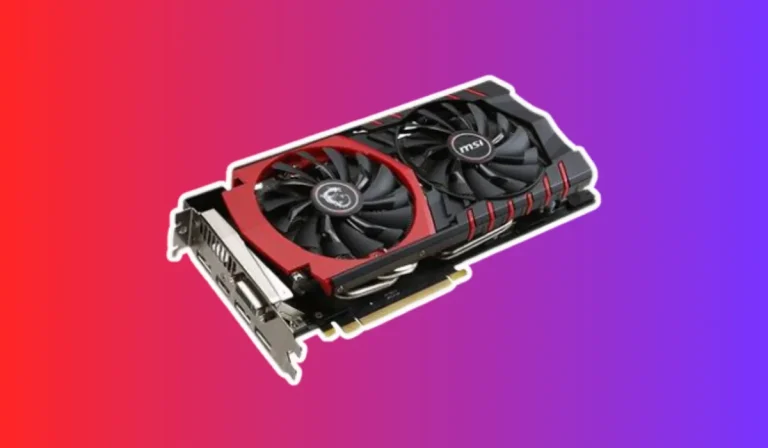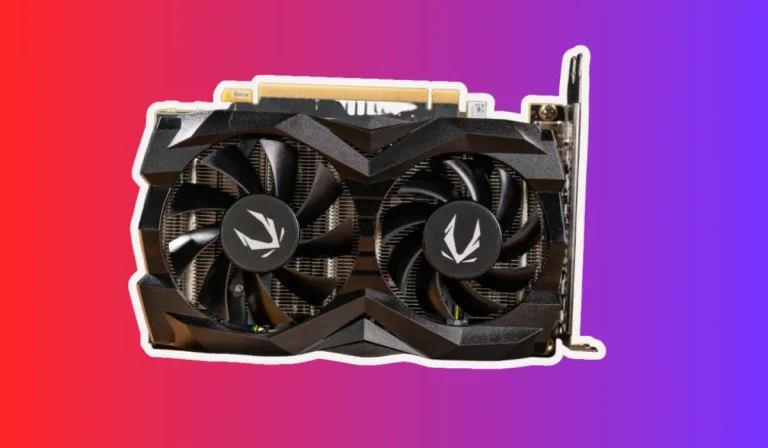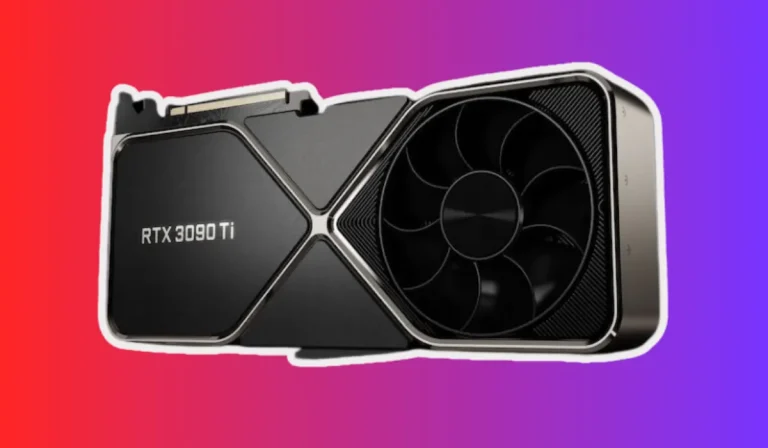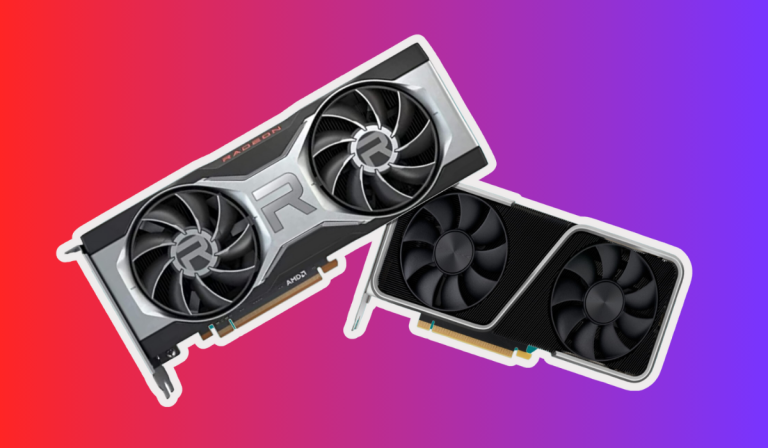What Is Physically Inside the CPU And GPU?
Are you curious about what lies within the heart of your computer’s processing power? Look no further! In this blog post, we’ll uncover the fascinating world of CPUs and GPUs.
From intricate circuits to tiny transistors, we’ll explore the physical components that make these powerhouses tick. Brace yourself for an enlightening journey, complete with engaging pictures to help demystify the inner workings of these technological marvels. Let’s dive in!
Anatomy of a CPU
To understand the inner workings of a CPU (Central Processing Unit), we will have a closer look at its physical components. By unraveling this technological marvel, we can gain a better appreciation for the complex processes happening inside our computers every day.
Control Unit: The Brain of the CPU
At the heart of the CPU lies the control unit, which acts as the brain of the entire system. Think of it as the conductor of an orchestra, directing the flow of data and instructions. It fetches instructions from memory, decodes them, and coordinates the execution of tasks within the CPU.
Arithmetic and Logic Unit (ALU): Crunching Numbers
Next up, we have the Arithmetic and Logic Unit (ALU). This component is responsible for performing mathematical calculations and logical operations. From simple addition and subtraction to complex mathematical algorithms, the ALU is the powerhouse behind the CPU’s number-crunching capabilities.
Registers: Swift Data Storage
Registers can be considered as the CPU’s temporary storage spaces. These small, high-speed memory units hold data and instructions that the CPU needs to access quickly. Registers ensure swift retrieval and manipulation of data, enhancing the CPU’s overall performance.
Cache Memory: Speeding Up Processing
Cache memory plays a vital role in optimizing the CPU’s efficiency. It acts as a buffer between the CPU and the main memory, storing frequently accessed data and instructions.
By having this speedy and accessible memory close to the CPU, it reduces the time needed to fetch data from the slower main memory, resulting in faster processing speeds.
Anatomy of a GPU
We will dive into the fascinating world of GPUs (Graphics Processing Units) and uncover the physical components that make them the powerhouses of visual computing. By understanding the anatomy of a GPU, we can appreciate the magic behind stunning graphics and immersive experiences.
Stream Processors: Parallel Processing Power
At the core of a GPU lies a multitude of stream processors, each responsible for handling specific tasks simultaneously. Think of them as a team of workers collaborating to crunch numbers and perform complex calculations in parallel. This parallel processing capability enables GPUs to handle graphics-intensive tasks with ease.
Texture Units: Enhancing Visual Realism
Texture units within a GPU bring lifelike details to images and animations. They efficiently apply textures to 3D objects, making them appear more realistic and visually appealing. With the ability to handle vast amounts of textures, GPUs can create stunning visuals that captivate our senses.
Rasterizers: Turning Data into Pixels
Rasterizers are the artists of the GPU world. They take the 3D models and convert them into the 2D pixels we see on our screens. By breaking down complex shapes into tiny pixels, rasterizers enable smooth rendering and seamless display of graphics, ensuring a visually satisfying experience.
Memory Interface: Speeding Up Data Transfer
The memory interface acts as a bridge between the GPU and its memory resources. It ensures fast and efficient communication, allowing the GPU to access and transfer data swiftly.
With a high-speed memory interface, GPUs can handle large amounts of data, enabling seamless rendering of complex scenes in real time.
Comparison of CPU and GPU
In the world of computing, two powerhouses reign supreme: the CPU (Central Processing Unit) and the GPU (Graphics Processing Unit). While they both play vital roles in our digital lives, they possess distinct characteristics and excel in different tasks. We will delve into a comparison of these mighty processors and discover their unique strengths.
Processing Power: Versatility vs. Specialization
CPUs are known for their versatility. They handle a wide range of tasks, from running operating systems to executing complex algorithms.
With their ability to handle multiple instructions sequentially, CPUs excel in tasks that require high single-threaded performance, making them ideal for general-purpose computing.
On the other hand, GPUs specialize in parallel processing. They are designed to handle massive amounts of data simultaneously, making them the go-to choice for graphics-intensive tasks like gaming and video rendering.
GPUs unleash their processing power by harnessing the strength of numerous cores, allowing for lightning-fast calculations and real-time rendering.
Architecture: Control vs. Execution
CPUs are built with a strong focus on control and efficiency. They feature complex control units, optimized for managing the flow of instructions and data within a system.
CPUs prioritize tasks that require decision-making, branching, and complex control flow, ensuring efficient execution of instructions.
In contrast, GPUs prioritize execution. Their architecture is designed to handle a vast number of simple and identical tasks simultaneously.
By utilizing a large number of cores and specialized units for tasks like texture mapping and pixel shading, GPUs excel in parallel execution, enabling them to render complex graphics and simulations with remarkable speed.
Memory and Cache: Speed vs. Capacity
CPUs typically have larger and faster cache memory, allowing for quick access to frequently used instructions and data. This helps enhance the CPU’s overall performance, especially in tasks that rely on fast data retrieval.
On the other hand, GPUs prioritize memory capacity. With their focus on parallel processing, GPUs require vast amounts of memory to handle the massive amount of data they process.
By prioritizing memory capacity over speed, GPUs ensure they can handle the enormous data sets required for graphics-intensive tasks.
FAQ’s
1. What components are physically inside a CPU?
A CPU consists of several key components, including the arithmetic logic unit (ALU), control unit, cache memory, and registers. These components work together to execute instructions, perform calculations, and manage data within a computer system.
2. What are the main components found inside a GPU?
Inside a GPU, you’ll find stream processors, texture units, rasterizers, and a memory interface. Stream processors handle parallel processing, texture units enhance visual realism, rasterizers convert 3D models into 2D pixels, and the memory interface facilitates fast data transfer.
3. How does a CPU’s cache memory contribute to its performance?
Cache memory in a CPU plays a crucial role in improving performance by storing frequently accessed instructions and data. By providing quick access to this information, the cache memory reduces the time needed to fetch data from slower main memory, resulting in faster execution of instructions.
4. What makes GPUs ideal for graphics-intensive tasks?
GPUs are optimized for graphics-intensive tasks due to their parallel processing capabilities. With numerous cores working in tandem, GPUs can rapidly process vast amounts of data simultaneously, making them ideal for tasks such as gaming, video rendering, and complex visual simulations.
5. How do CPUs and GPUs differ in terms of architecture?
CPUs have architecture focused on control and efficiency, with complex control units managing instruction flow. In contrast, GPUs prioritize execution and parallel processing, utilizing a large number of cores and specialized units for tasks like texture mapping and pixel shading to achieve high-speed calculations and real-time rendering.
Conclusion
CPU and GPU are fascinating components with different internal structures. Inside a CPU, you’ll find the ALU, control unit, cache memory, and registers, working together to execute instructions.
On the other hand, a GPU houses stream processors, texture units, rasterizers, and a memory interface, powering graphics-intensive tasks with parallel processing magic.




